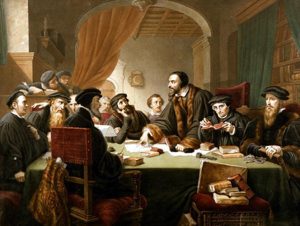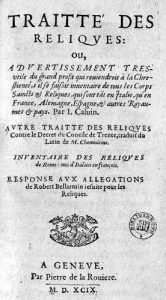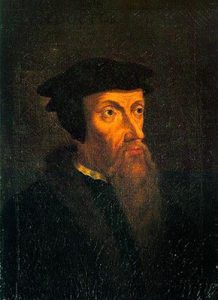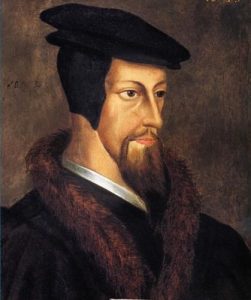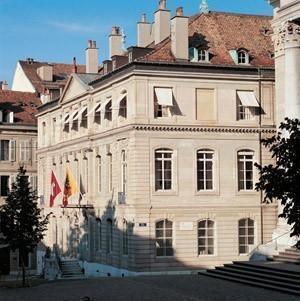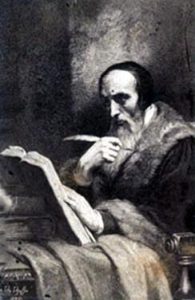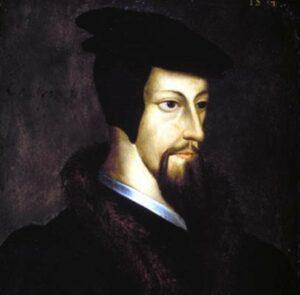The Institutes of the Christian Religion
Calvin’s most important work, which he continued to work on all his life, was designed as a handbook for Christian education.
The ecclesiastical ordinances
They defined the organisation of the reformed church as well as the connection between Church authorities and civil authorities.
The Epistle to Sadolet, 1539
Calvin confronted one of the most famous representatives of the Roman Church who tried to win the Genevers back to the Catholic Church. Exiled in Strasbourg, Calvin answered him and called the whole christian world to witness. Calvin like Luther opposed individual conscience to magisterial authority. Man’s main task is to glorify God and not to save of his soul.
The Short treatise on the Eucharist, 1541
Calvin tried to find a solution to the dissension among Reformation churches. He believed the presence of Jesus-Christ was real in the Eucharist, but as a spiritual presence. The Holy Communion both required and expressed the believers’ faith.
The Treatise on relics, 1543
It listed all the venerated relics in Europe to prove how absurd their worship was. The drops of the Virgin’s milk, for instance, were too numerous to be genuine :
« there are as many as if the Virgin were a cow and had nursed lifelong, and even more ».
« Instead of seeking Jesus-Christ in his words, in his sacraments and spiritual graces, the world, as usual, fooled around with his robes, shirts and banners ».
The Apologies to the Nicodemites, 1544
Calvin compared the reformed French who worshipped in secret to Nicodemus who visited Jesus at night so as not to be recognised (John, chapter 3). Calvin condemned this concealment.


